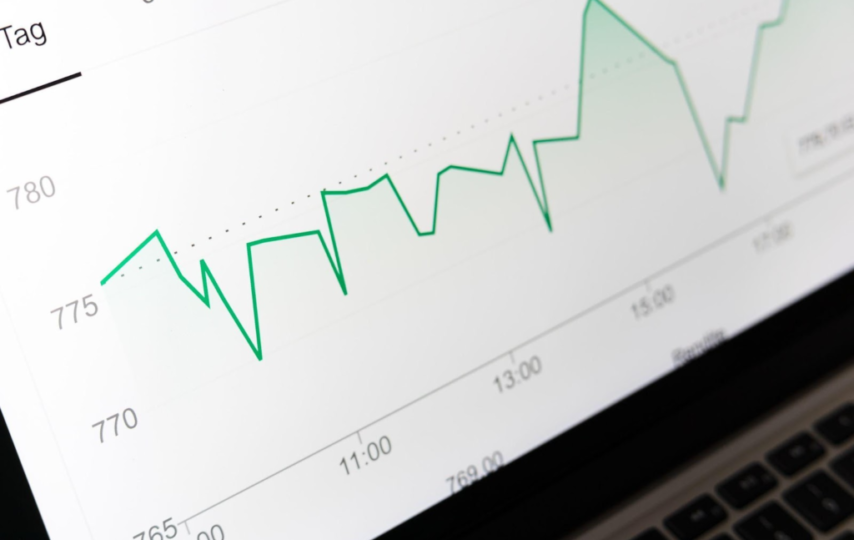Social media is undoubtedly one of the most valuable tools available to brands and businesses today. Companies employ specialist strategies and enlist the services of firms like oktopost.com to optimize their social media campaigns and maximize their results.
Social media platforms today are complex and multifaceted. Keeping track of everything can be extremely difficult for those who don’t know what they’re doing. However, it’s essential that you know how to measure success to best inform your strategy as your progress. What kind of metrics do social media strategists look at? Read on to find out.
Content Reach
The first metric social media strategists will look at is content reach. This is perhaps the most basic metric, but it’s an important one and will give you a foundation upon which you can build and improve your strategy.
Reach is the number of people who see your social posts and content. Reach can be analyzed on an individual post basis or generally across your brand’s entire content catalog. Reach can be divided into followers and non-followers. Reaching non-followers is particularly important as these users offer the opportunity for business growth.
Impressions
Impressions are the next step after reach. Impressions represent how many times your content has been seen. This figure can be greater than your reach total as some users may view your content several times.
Impressions can give you an idea of how engaging or eye-catching your content is. If you notice a particular post is generating higher levels of impressions, you should take steps to identify the cause and emulate it in the future.
Engagement
Engagement is a metric that encompasses all user interactions with your content. This includes things like likes, shares, and comments, and is a key metric that social media strategists will use to measure success.
A useful way of evaluating engagement rate. This is done by dividing the total number of engagements, such as likes and comments, by the total number of followers and then multiplying by 100 to get an engagement percentage. This can be an easy way to compare engagement stats across platforms and with competitors.
Amplification
Amplification is measured by comparing the number of shares your content is generating with the number of followers you have. The higher your amplification rate, the more work your followers are doing for you in raising awareness of your business.
Amplification is a key metric that can be measured to evaluate your business’s growth and assess your potential to generate viral content.
Traffic
For many businesses, the ultimate goal of social media is to direct customers towards their native platforms. When strategists assess a social media campaign, traffic towards company websites will be an important metric that is analyzed to evaluate the effectiveness of a social media strategy.
If no customers are being directed towards your platform, you’re not going to make any sales, and this could indicate something is going wrong with your social strategy.
Conclusion
Content reach, impressions, engagement, amplification, and website traffic are all important metrics that social media strategists will measure to assess campaign performance.








